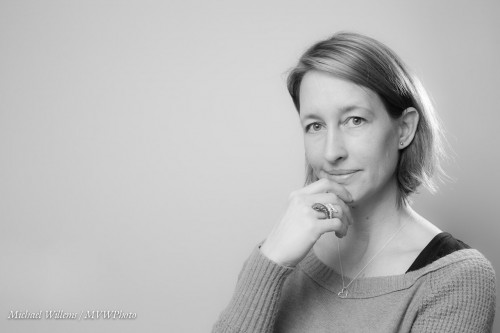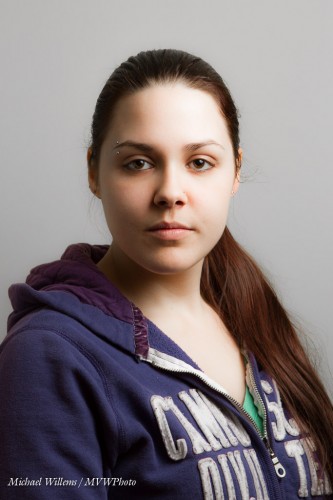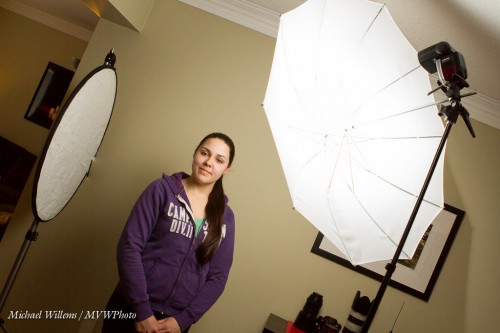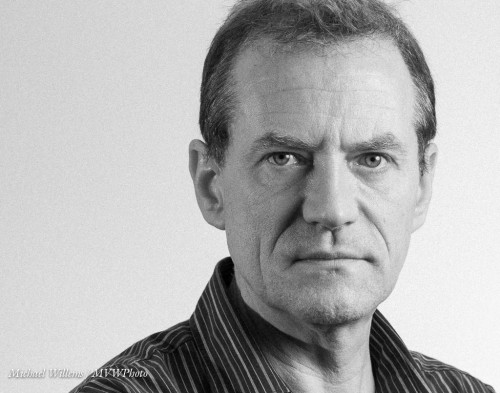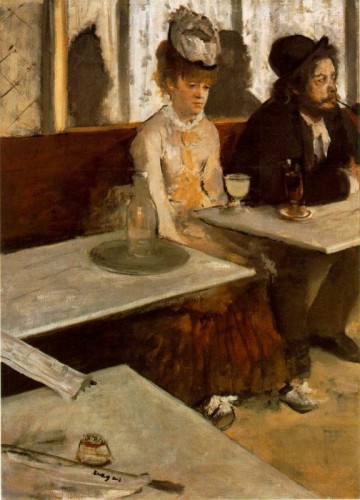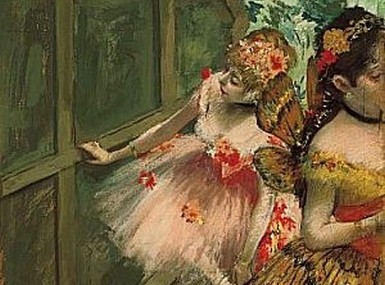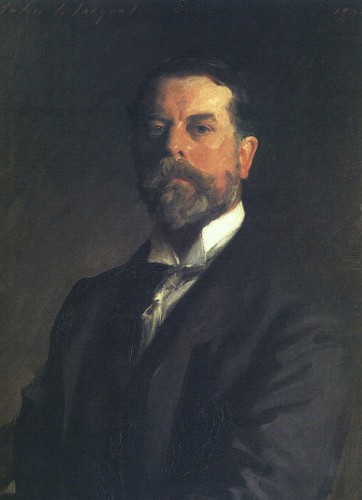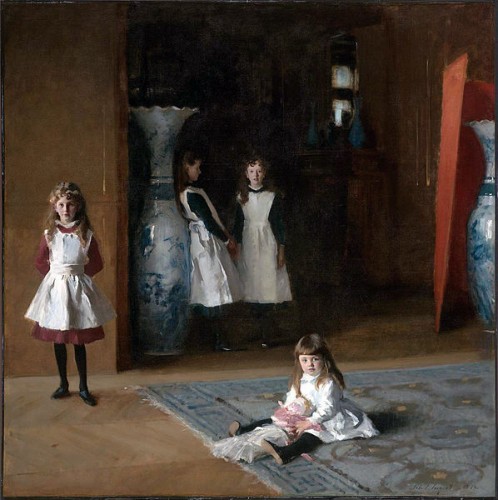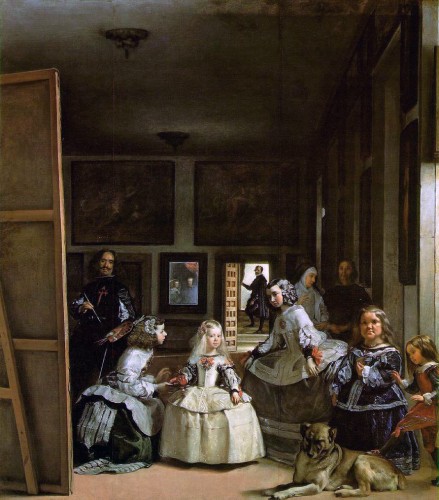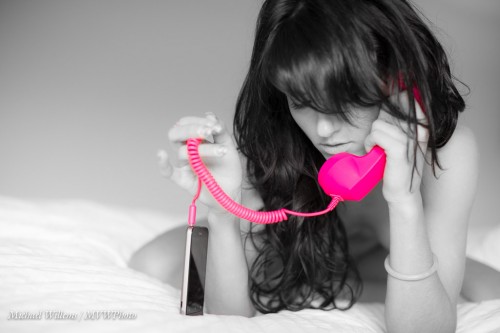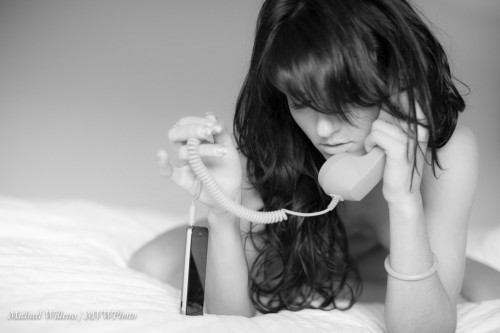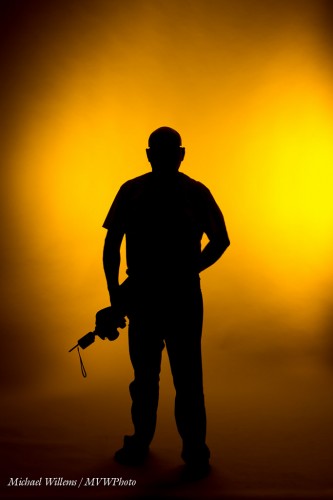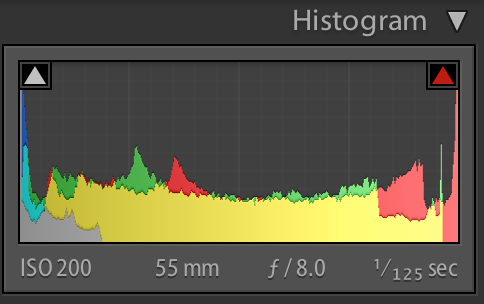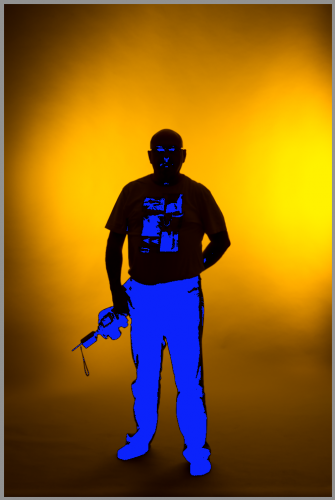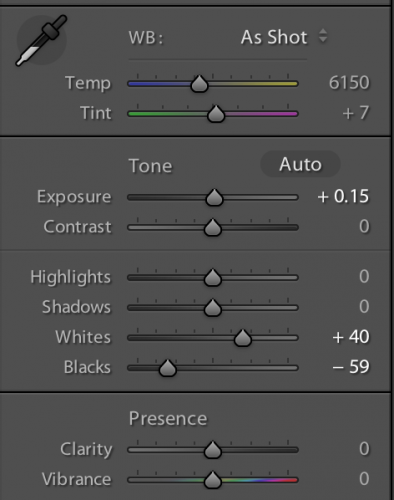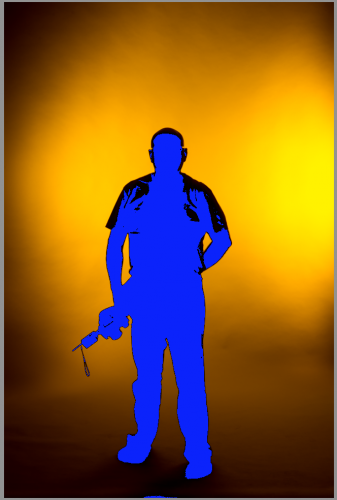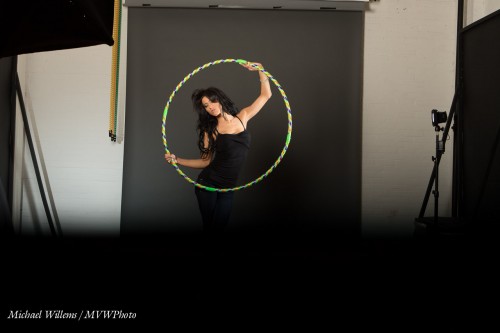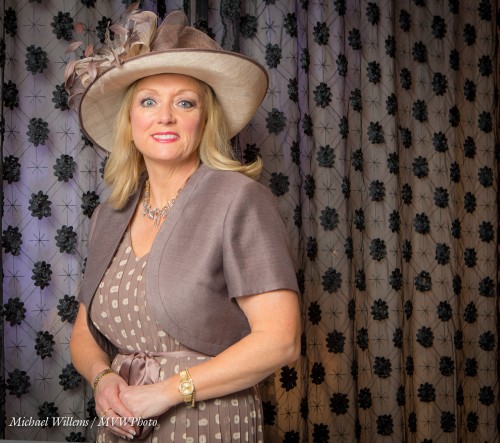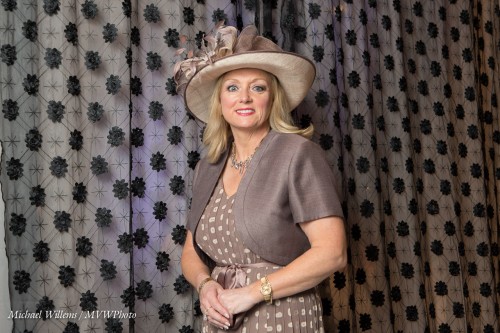Hi Ho… Hi Ho, high ISO we go!
Every now and then, we need to take stock of where we are in tech development. I feel that this is such a moment. We have seen a gradual increase in usable ISO over the years, and it feels to me like today it is time to re-evaluate the ISO settings we use, and indeed to increase them.
High ISO leads to noise (“grain”), and should be avoided unless necessary. I recommend the following “starting points”, therefore:
- Outdoors or tripod or studio: 200 ISO
- Indoors, even with flash: 400 ISO
- Difficult Light: 800
And you increase as necessary.
So what has changed?
With today’s modern cameras, you can go higher, that’s what. Look at my Canon 1Dx just now, at 3200 ISO:
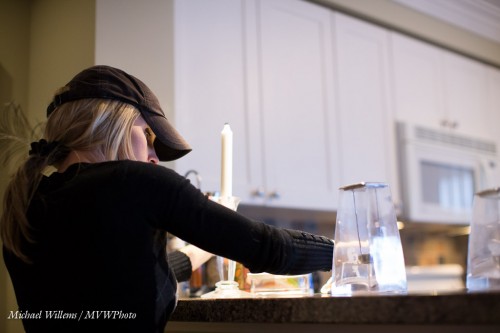
(3200 ISO, f/2.0, 1/320th second, with the 50mm f/1.2L lens).
Looks good eh. Even fully zoomed in, it looks great, straight out of the camera (no noise cancellation done):
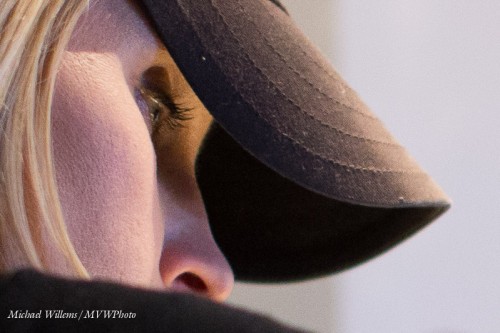
Another example:
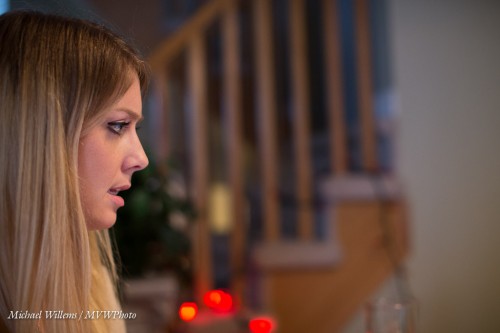
Again, very useable at 3200 ISO straight out of the camera.
Even on older cameras like my crop factor Canon 7D:
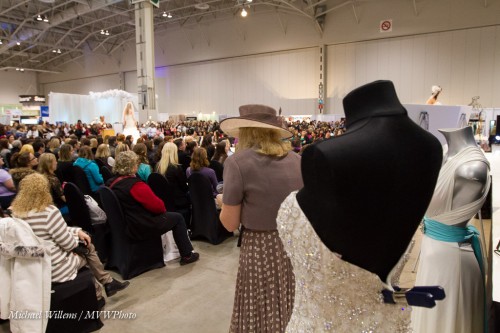
Not as good at 3200 ISO, you can see some grain if you look carefully, but still, entirely useable, and better than a picture that is motion-blurred.
Now, a note. Willems’s Dictum: bright pixels are sharp pixels. So if you want good sharpness and low noise, avoid underexposing. Expose brightly!
Anyway, so what is the conclusion? Whence the step change?
As of today, if you are using a modern camera, my recommendation is as follows:
- Outdoors or tripod or studio: 200-800 ISO (i.e. feel free to go up to 800 if you need).
- Indoors, even with flash: 400-1600 ISO (i.e. feel free to go up to 1600 if you need).
- Difficult Light: 800-3200 (i.e. feel free to go up to 3200 if you need).
And in all cases, go even higher if you really need.
This now means your flashes are two stops brighter. You can often shoot with speedlights where strobes were needed before. You can use higher ceilings to bounce off. You can even shoot weddings without flash. Amazing. Technology is changing photography.

